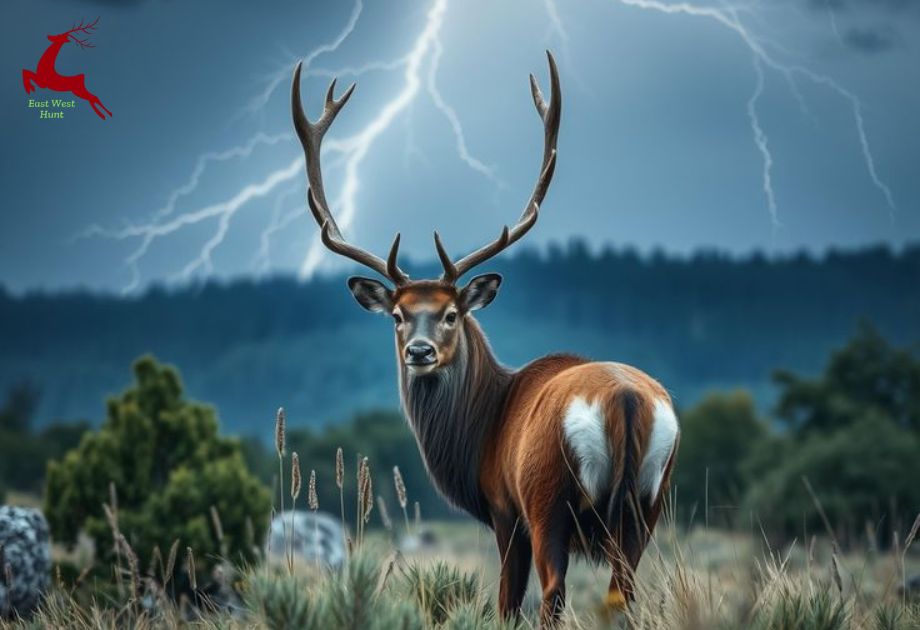Hunting deer is something many people enjoy, especially during the fall and winter months. But knowing the best time to hunt can make a big difference. It’s not just about picking a day and heading out with your gear—timing matters. Deer behave differently in the early season, rut season, and late season. In this guide, we’ll explain when you should hunt deer and why those times work best. Whether you’re just starting or have been hunting for years, this article will help you plan smarter hunts all year long.
Why Timing Matters in Deer Hunting
Deer are creatures of habit. They move based on weather, food, and even the time of year. If you understand when deer are active, you’ll have a better chance at success. Picking the right time can mean the difference between a quiet day in the woods and coming home with a trophy buck.
Early Season (Late September to Early October)
What to Expect
This is when the season usually starts. Bucks still have their summer patterns. They hang around feeding areas and haven’t been pressured by hunters yet.
Best Time of Day
- Evenings: Deer move more in the evenings to feed.
- Mornings: You may catch a few heading back to bedding areas, but they’re more alert.
Tips for Early Season
- Focus on food plots, cornfields, or apple trees.
- Use tree stands near their regular paths.
- Don’t spook them—early pressure makes them harder to hunt later.
Pre-Rut Season (Mid to Late October)
What to Expect
Bucks start to roam more. They rub trees and make scrapes to mark territory. They’re still cautious, but they’re getting ready for mating season.
Best Time of Day
- Late mornings: Bucks check their scrapes more often.
- Evenings: Still decent as they head to feeding areas.
Tips for Pre-Rut
- Hunt near scrapes and rub lines.
- Use scent lures and grunt calls.
- Bucks are starting to get curious, so you have more chances.
Rut Season (Early to Mid-November)
What to Expect
This is prime time. Bucks are chasing does and often forget to be careful. It’s the most exciting time to be in the woods.
Best Time of Day
- All day long: Seriously. Bucks can move any time.
- Midday: Surprisingly good because many hunters miss this window.
Tips for Rut Season
- Be in your stand as much as possible.
- Use rattling and calling to attract bucks.
- Hunt travel corridors between bedding and feeding areas.
Post-Rut Season (Late November to Early December)
What to Expect
Things slow down a bit. Bucks are tired and start focusing on food again. They move less and are harder to spot.
Best Time of Day
- Evenings: They return to feeding routines.
- Mornings: Less movement compared to peak rut.
Tips for Post-Rut
- Hunt over food sources like winter crops.
- Bucks might still respond to doe bleats and calls.
- Stay patient and watch for late rut activity.
Late Season (December to January)
What to Expect
Deer are focused on survival. It’s cold, and they need food and shelter. This is a great time to catch deer on a regular feeding schedule.
Best Time of Day
- Evenings: When deer leave their bedding areas for food.
- Afternoons: Can also work, especially before a cold snap.
Tips for Late Season
- Hunt near food plots, grain fields, or feeders.
- Dress warmly—deer aren’t the only ones dealing with the cold.
- Hunt before or after snowstorms—they move more during these times.
Weather and Moon Phases Matter Too
- Cold fronts: These often push deer to move more during the day.
- Snow: Makes it easier to track them.
- Moon phases: Some hunters believe full moons affect deer movement. Deer often feed at night during full moons, so morning hunts may be slower.
Weekdays vs Weekends
- Weekdays: Less pressure, fewer hunters—better chances.
- Weekends: More crowded. Deer become cautious.
Final Tips for All Seasons
- Be quiet and scent-free—deer have amazing noses and ears.
- Learn the land. Know where deer bed, feed, and move.
- Always follow hunting rules and safety practices.
Conclusion
Hunting deer isn’t just about luck—it’s about understanding their habits and timing your hunts. Whether it’s the calm of early season or the rush of the rut, each part of the hunting season brings its own challenges and opportunities. By knowing the best times to hunt, based on season, time of day, and weather, you can make every trip to the woods more rewarding. Plan smart, stay patient, and always respect nature—your perfect moment could be just one sunrise away.
